CHALK SOUND
Puts the Providence in
Providenciales,
TURKS & CAICOS
Chalk Sound and its neighboring beaches of Sapodilla and Taylor Bays,
impart a return to tranquil shores and shallow turquoise waters,
shades of blues that are unimaginable and effortless.
June 18, 2018
Shoals of the bluest dreams, such a splendor I could not have imagined, hastened us to keep our vessel in a wide dark berth from which we rowed briefly before the sailor finished his song. Stepping from its wooden belly we stood akimbo, in silence, on the rim of heaven.
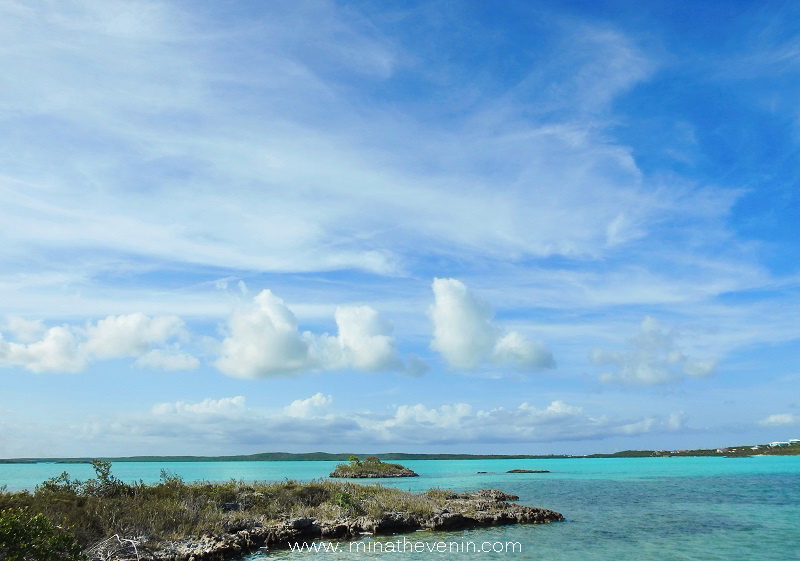
A quote from a long ago sailor upon landing in Taylor Bay area and seeing Chalk Sound for the first time?
Early 1700’s pirate, the salty Anne Bonny, whose name is still faintly visible in the carved limestone at Pirate’s Cave on the bluff of West Harbor, probably never said anything thing so poetic. We can imagine that she might have felt the providence, though.
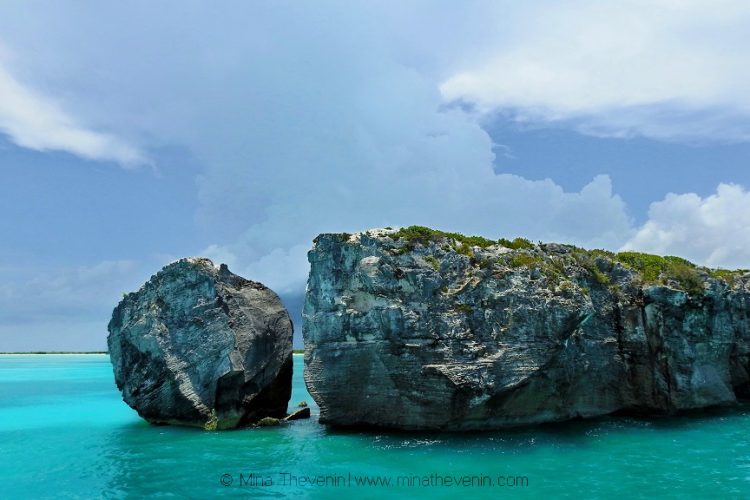
Yet it is probable that ALL island inhabitants—
from the original Taino and Lucayan Indians whose origins began among the Arawak tribes of the Orinoco Delta in circa 400 B.C., and Christopher Columbus explorations in the late 1400’s (whence disease and slavery nearly wiped out the Indian peoples), to the islands’ colonization by imprisoned African Diasporas, and today’s 21st Century peoples, all, (1)
have at some point given recognition, even if it were only in a sigh, to the beauty of this magnificent archipelago called Turks and Caicos.
Historically, one of the most important distinctions of the chain of Caribbean islands as a whole itself, including the eight inhabited islands of Turks and Caicos, also knows as TCI, is that they evolved from Arawak and Carib tribal inhabitants, to artificial societies created for the purpose of supplying commodities to Europe and the growing North American territories, i.e. salt, cotton.(2)
For centuries Turks and Caicos industry was primarily a successful salt production. They attempted cotton plantations, too, but these ultimately failed due to the poor crop soil and harsh climates, eventually sending the British Loyalists back to Britain. This left the Freed slaves, who became the belongers of the islands.
CHALK SOUND, Busy Ecosystems Within The Calm
How long would it take to explore all of the tiny islands housed within this turquoise lagoon? Chalk Sound has numerous uninhabited tiny rocky islands comprised of jagged limestone rock called IRONSHORE, with numerous small sink holes, caves, and even a blue hole.
Flora, including the indigenous Turk’s head cactus, Coral Sumac (also known as poisonwood) and another no-touch plant, the Manchineel or poison apple (related to the well-known and showy poinsettia) are found in Chalk Sound among other typical scrub brush.
Mangroves are complex shrub-like trees that can be seen throughout the Chalk Sound area. They plunge their curved roots into the warm salty waters or send up straw like shoots to help ride out changing tides. Intricately designed, these hardy plants are actually a vital part of tidal ecosystems for both marine life, erosion prevention, and land animals. How is it possible that they grow in salty waters? Amazingly, the mangrove roots can filter up to 90% of the salt in seawater and they store fresh water in succulent leaves for their own nourishment. (3)
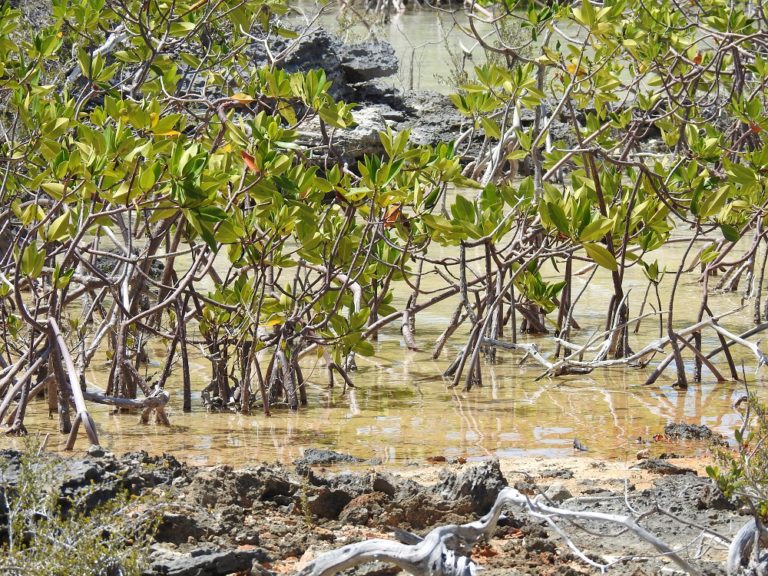
Mangroves are an important part of marine and land ecosystems.
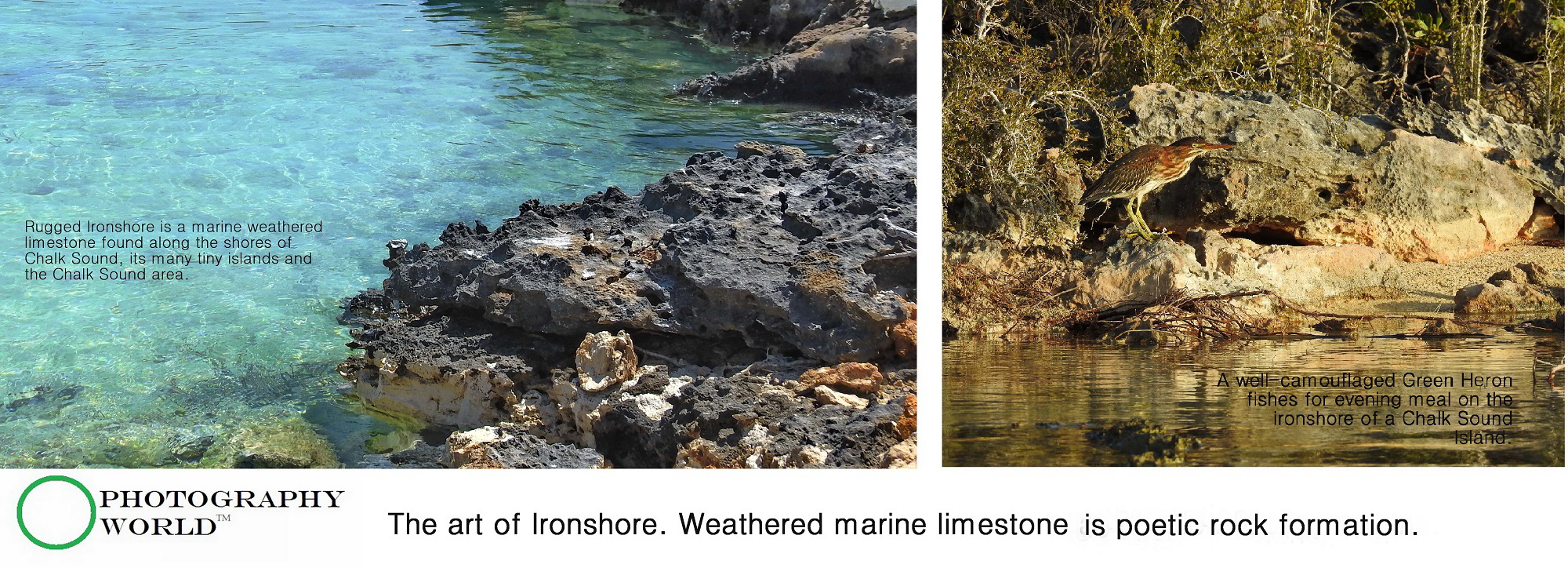
BIRDS of Chalk Sound Area (as observed in the month of June 2018) include the Green Heron, Great Blue Heron, Reddish Egret, Brown Pelican, gulls, warblers, Black-necked Stilt, White-tailed tropicbird (longtail), Cattle Egret, terns, mockingbirds, and the Gray Kingbird(4). In the spring there are mated osprey that return to the same nesting site at Split Rock (Pirate’s Cave).
Because Chalk Sound is a National Park, this three mile stretch of pristine water and tiny islands is a protected area. The best way to see bird life is via kayak (no motor boats are allowed in Chalk Sound). Like bird-watching anywhere, patience is needed and timing —mornings or late afternoons/evening when they are feeding—to see and appreciate the abundance of birds in the Chalk Sound area.
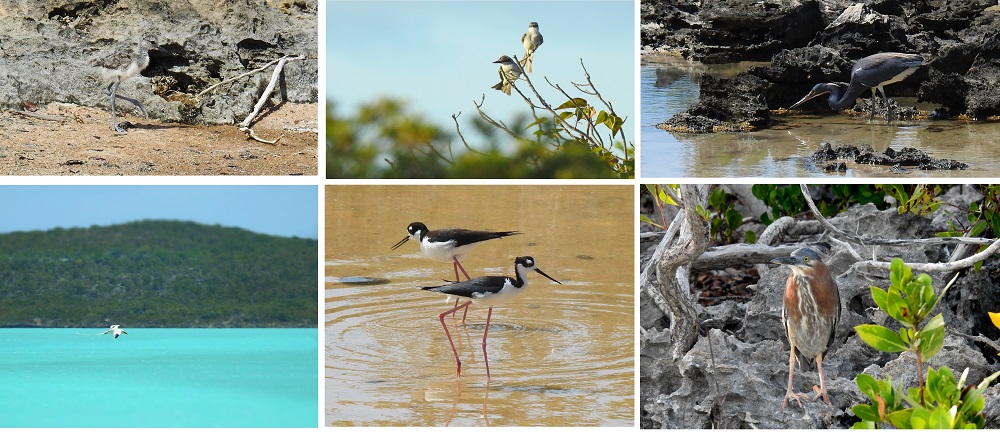
Rock Iguanas of Chalk Sound
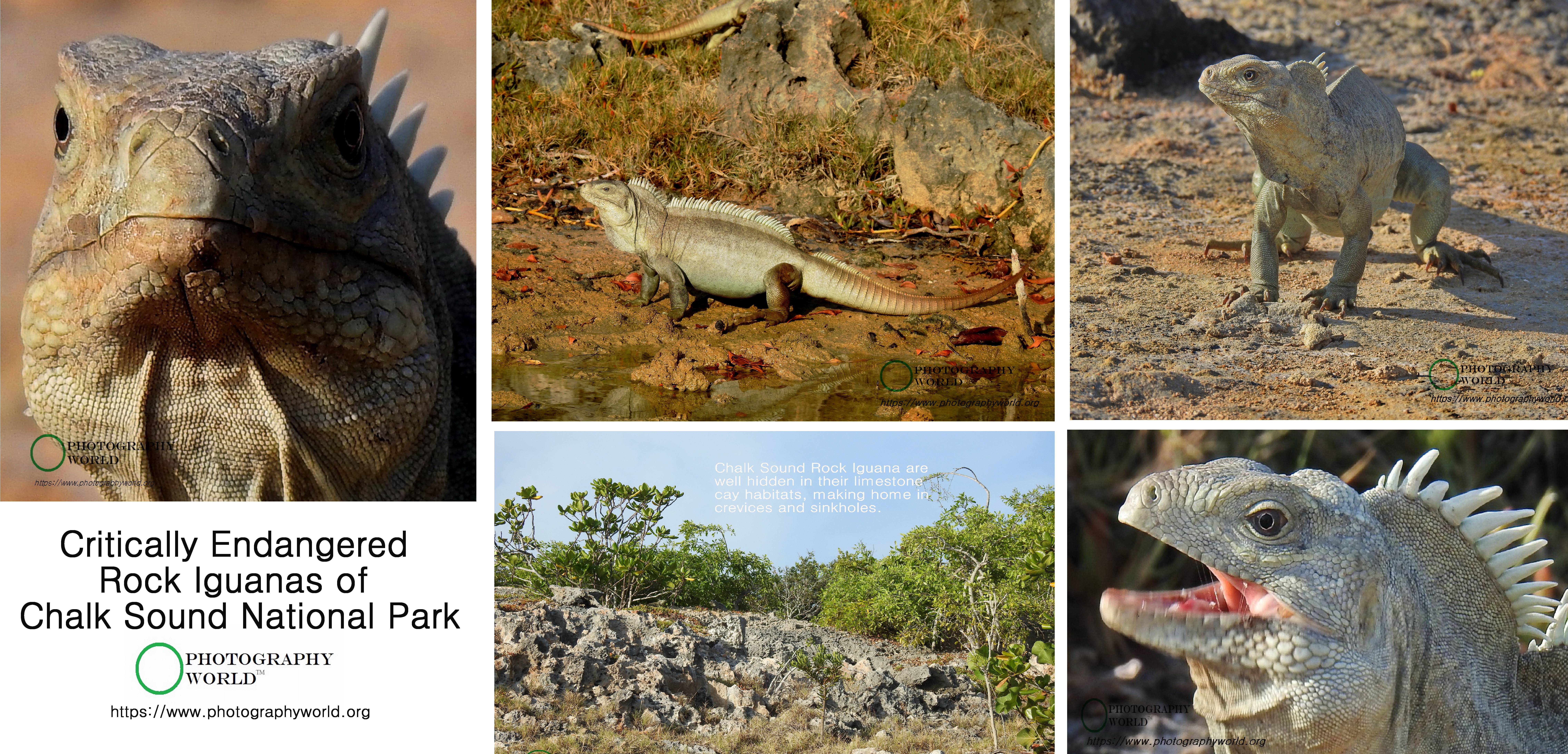
The Turks and Caicos Rock Iguana, or Bahamas Rock Iguana, is an indigenous large dinosaur-like lizzard ( Cyclura carinata).
“Widely recognized as amongst the most endangered lizards on earth, this impressive looking species is adorned with a crest of 80 to 110 scales down the centre of its back, and rings of enlarged spiny scales around its tail. Body size and colour vary among island populations, with individuals ranging from grey to brown to dull green. Nine to ten vertical stripes mark the iguana’s back and sides, but fade with age. Some populations bare a vermiculated pattern on the head and neck, and have pale blue dorsal crest scales and a reddish-brown tail in adult males. The Bartsch’s iguana subspecies is characterized by having a yellow dorsal crest, a golden iris, and adults have a network of faint yellow-brown lines on the body.“(5)
Primarily herbivors, the Endangered Rock Iguana is protected by law. It is illegal to hunt, touch, harass or take iguanas or their eggs. You can, however, take their picture, which this author found them to be quite the posers, especially the males with their elaborate dorsal spines!
How to spot them. It might be easy to miss the Rock Iguana all together on the tiny Chalk Sound cays, because they blend in so well with their habitats. To photograph them, stay in the kayak and pull into a shallow area of the cay. Wait patiently and do not talk. Like bird-watching, silence is key. Look for them in the sun (lizards like it hot). Sometimes territorial males may be chasing each other so listen for scurrying along the rocks or in the scrubby grasses. It may take five to ten minutes to get your photograph, but it will be worth the picture and the story if you get it!
Snorkeling in Chalk Sound
For many snorkelers, Chalk Sound might not be as exciting as snorkeling along the TCI Barrier Reef for two reasons. Firstly, the water temperature is like warm bath water and it begins to feel uncomfortable after 15 to 20 minutes of snorkeling. Secondly, because the Sound is so warm and shallow, there are not many hard corals like brain and elkhorn corals that are found in the Provo barrier reefs. In fact, there are very few corals in most of this three miles of scenic blue lagoon.
However, there is still interesting marine life below the limestone shores and the tiny cays within the Sound. (This author did not explore the Chalk Sound Blue Hole nor the plane wreck sites.)
Juvenile fish, like the Butterflyfish, Yellowtail Snappers, grunts and barracuda, as well as anemones, upside jellyfish and sponges make their home in Chalk Sound. And is often the case wherever snorkeling, the fish there were just as curious to see me, as I them.
Geographically, TCI lays within the southern part of the Bahamian Archipelago. The islands, “separate high energy, wind-blown environments along their eastern shore from protected coastal wetlands and beaches along the western shores. A typical island thus provides a barrier to wave energy, and creates extensive soft sediment habitats in its lee to the west.” (6)
The stunning light blue waters of Chalk Sound are attributed to its shallow depth, often less than five feet, the refraction of light in the ancient limestone that has weathered and eroded to become clastic sand, and the lack of rivers and streams running into it. (7)
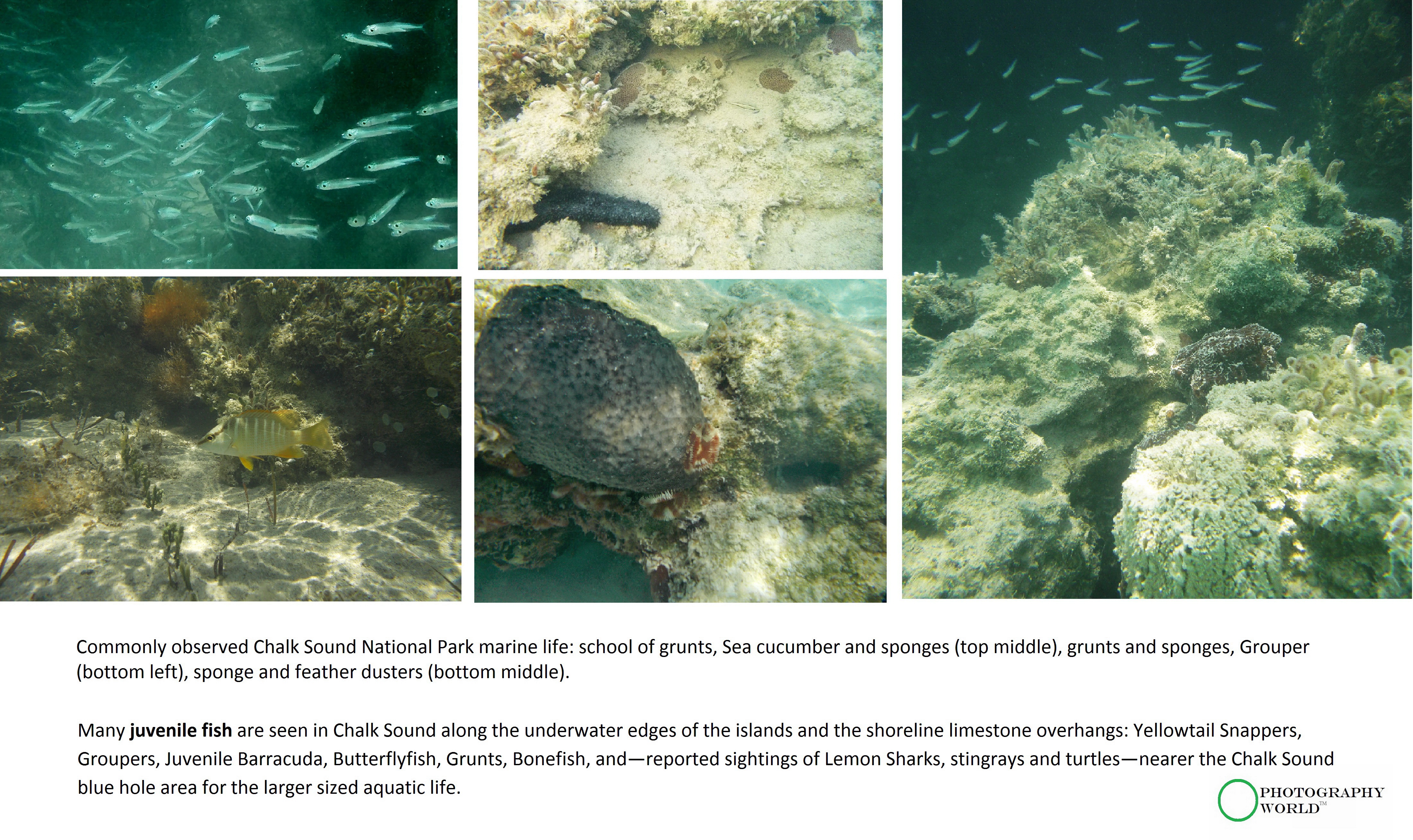
REEF SAFE sunscreen. Whenever swimming in natural waters, use reef safe sunscreen to help protect against bleaching corals and harming marine life. It is estimated that around 14,000 tons of sunscreen end up in the world’s coral reefs, causing irreparable damage.(8)
“ ‘Corals would normally bleach when the temperatures are above 31 Celsius [81.7 Fahrenheit] so it’s really warm water,’ explains Dr. Downs. [Oxybenzone] will cause corals to bleach at 78 degrees, and that’s non-bleaching temperature.’ And it usually takes only a couple of hours for the chemicals to cause some serious damage.”(9)
Wearing SPF clothing is a growing trend for natural water recreation and reduces the need for adding more chemicals into salt water ecosystems.
Toxic Ingredients to avoid:
- Petrolatum, commonly known as mineral oil
- High amounts of Titanium Dioxide
- Most toxic: Oxybenzone and Octinoxate
- Parabens such as the commonly used methyl paraben and butyl paraben, or phenoxyethanol, ((originally used as a mass fish anesthetic)
Eco Friendly Sunscreens:
Can be purchased online or at many island dive shops, stores, etc.
- Raw
- Absolutely Natural
- Eco
- Saltlife
- Babo Botanicals
- All Good Sport Sunscreen
- Thinksport
- Badger
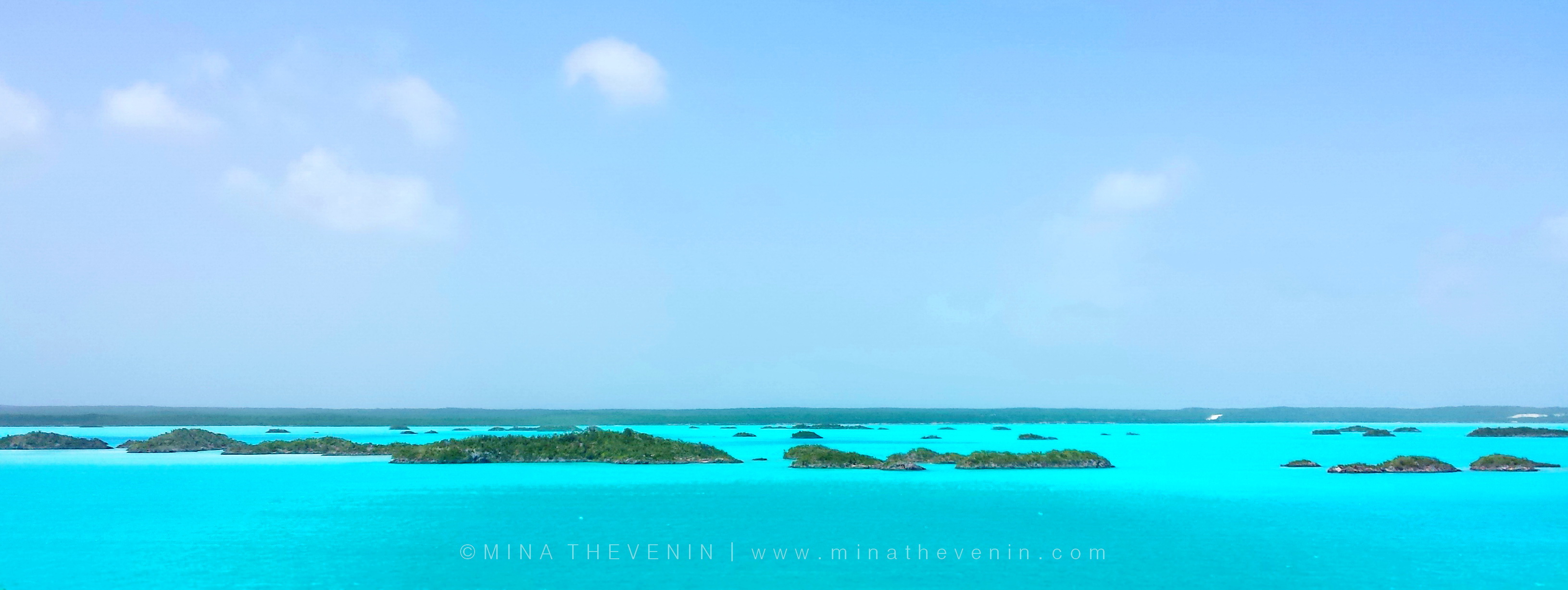
Worth a visit? To swim in these turquoise waters and experience first hand what it is like to be in the blues, or to kayak, to dine outdoors at Las Brisas (Chalk Sound’s only restaurant with a view to imagine), to take a scenic drive, or stay in one of the beautiful Chalk Sound villas, anyway to experience Chalk Sound brings understanding to what puts the Providence in Providenciales, Turks and Caicos!
Images from Turks and Caicos and the surrounding shores of Chalk Sound
Chalk Sound
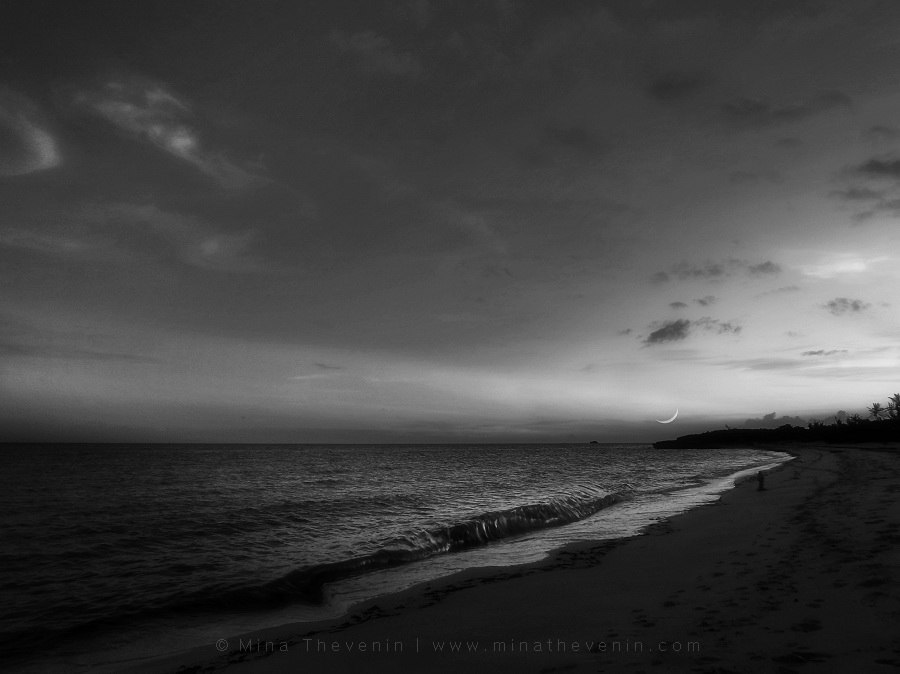
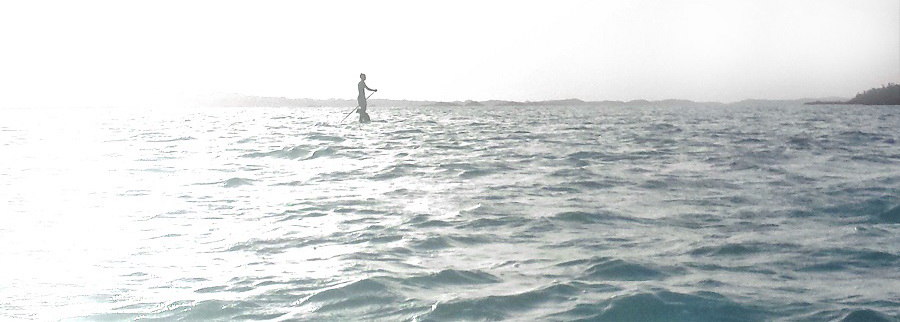
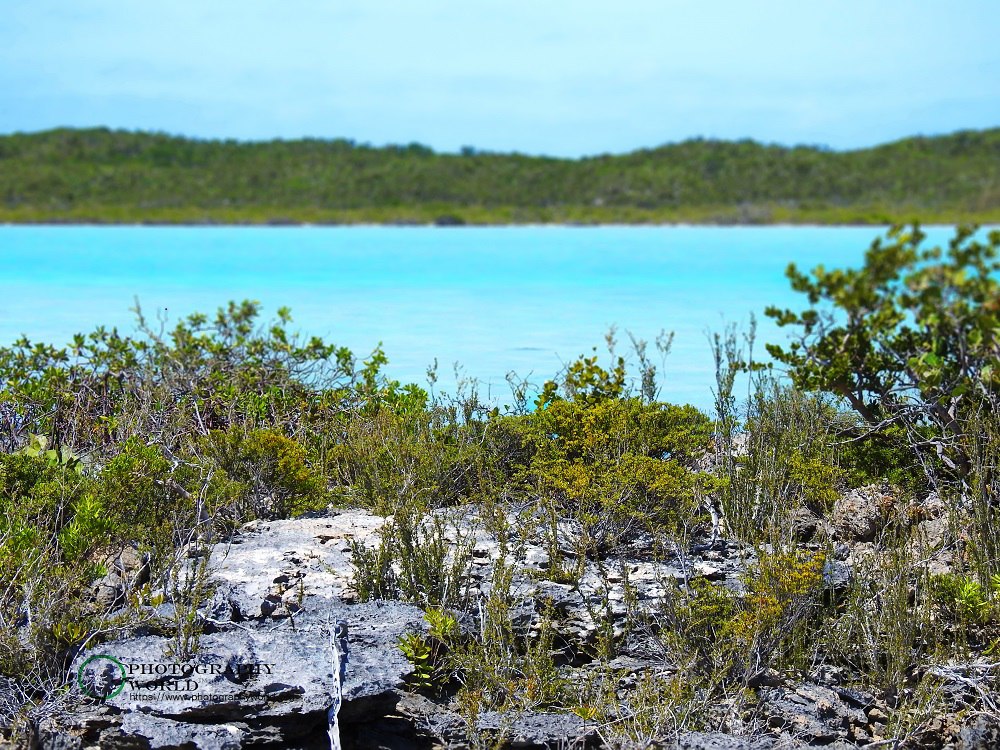
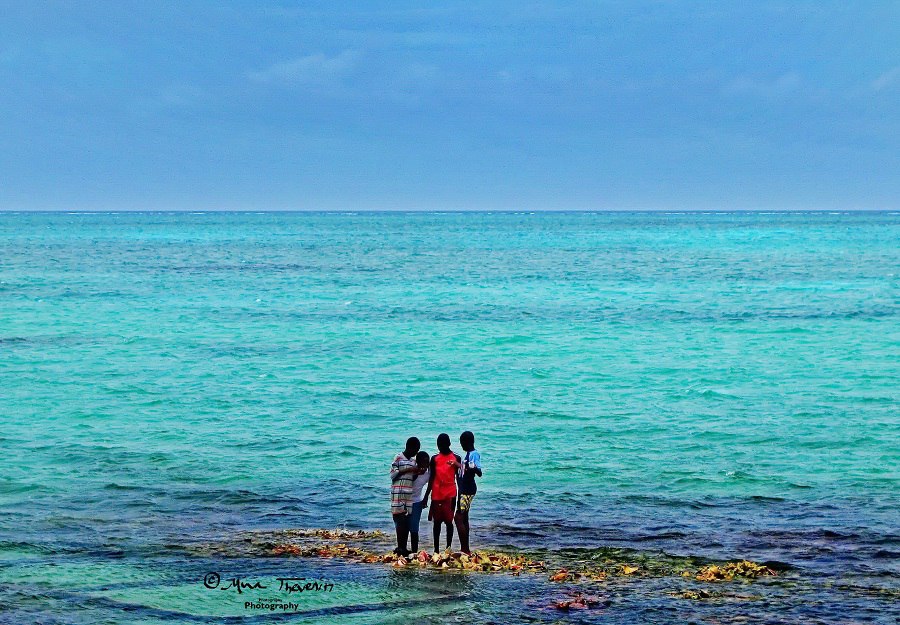
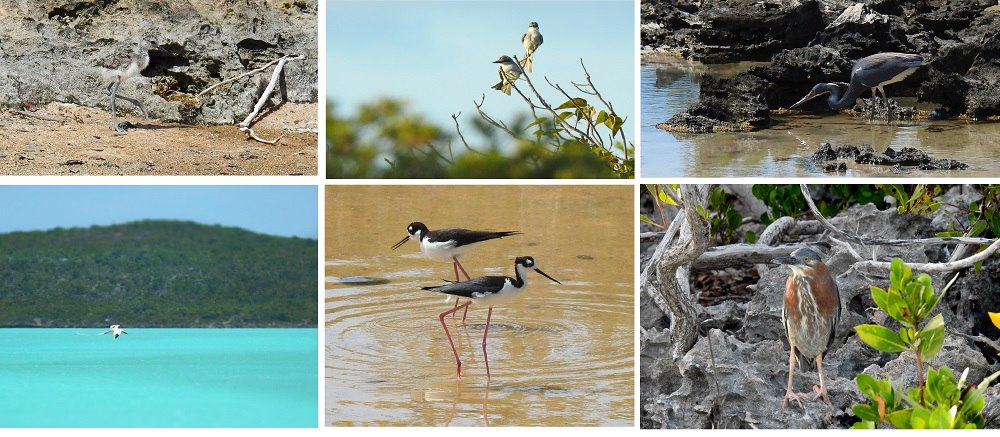
Black-necked Stilt Fledgling (top left), mated Gray King Birds (top middle), Great Blue Heron (top right), Long-tailed White Bird (bottom left), mated Black-necked Stilts (bot middle), Green Heron (bot right)
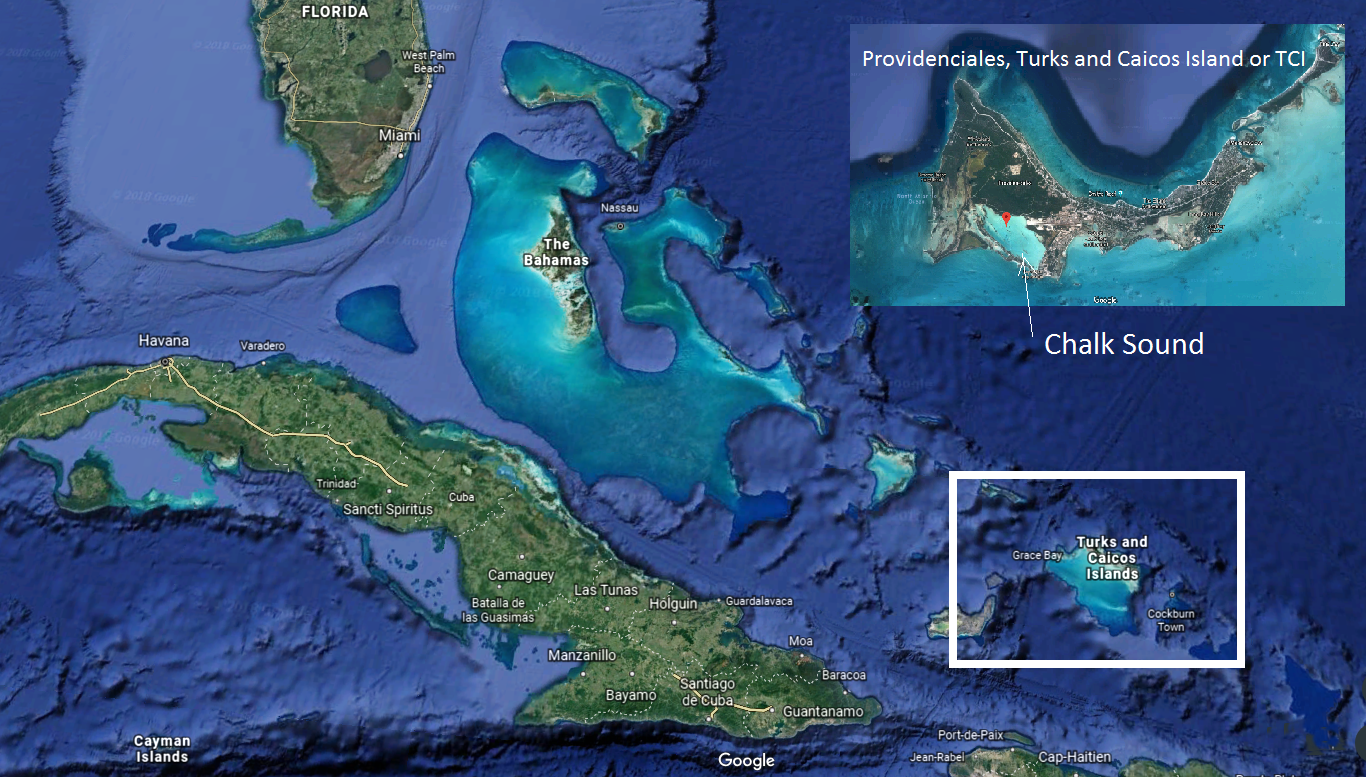
Credit Good Maps
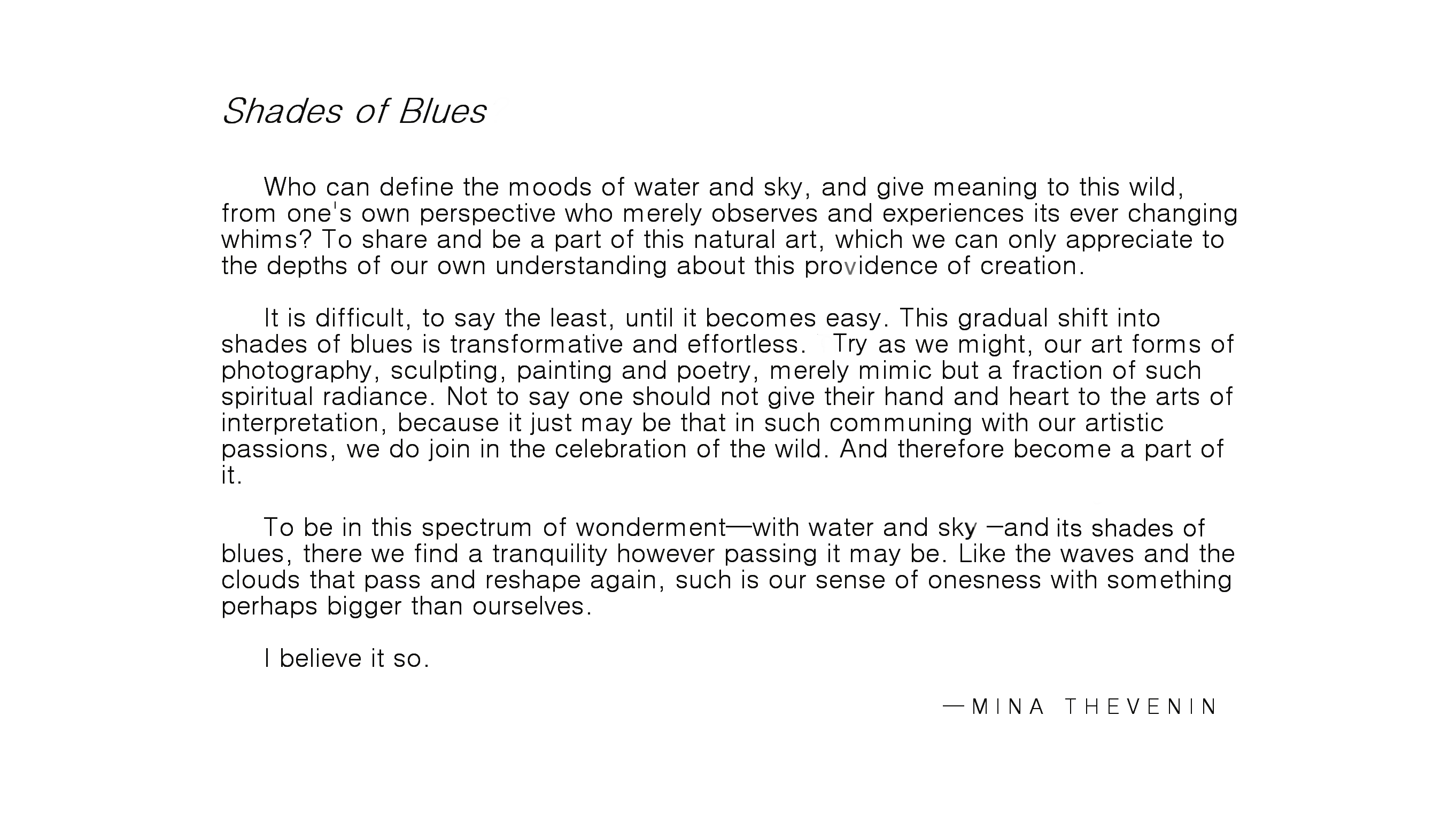
Chalk Sound and Sky Contemplations

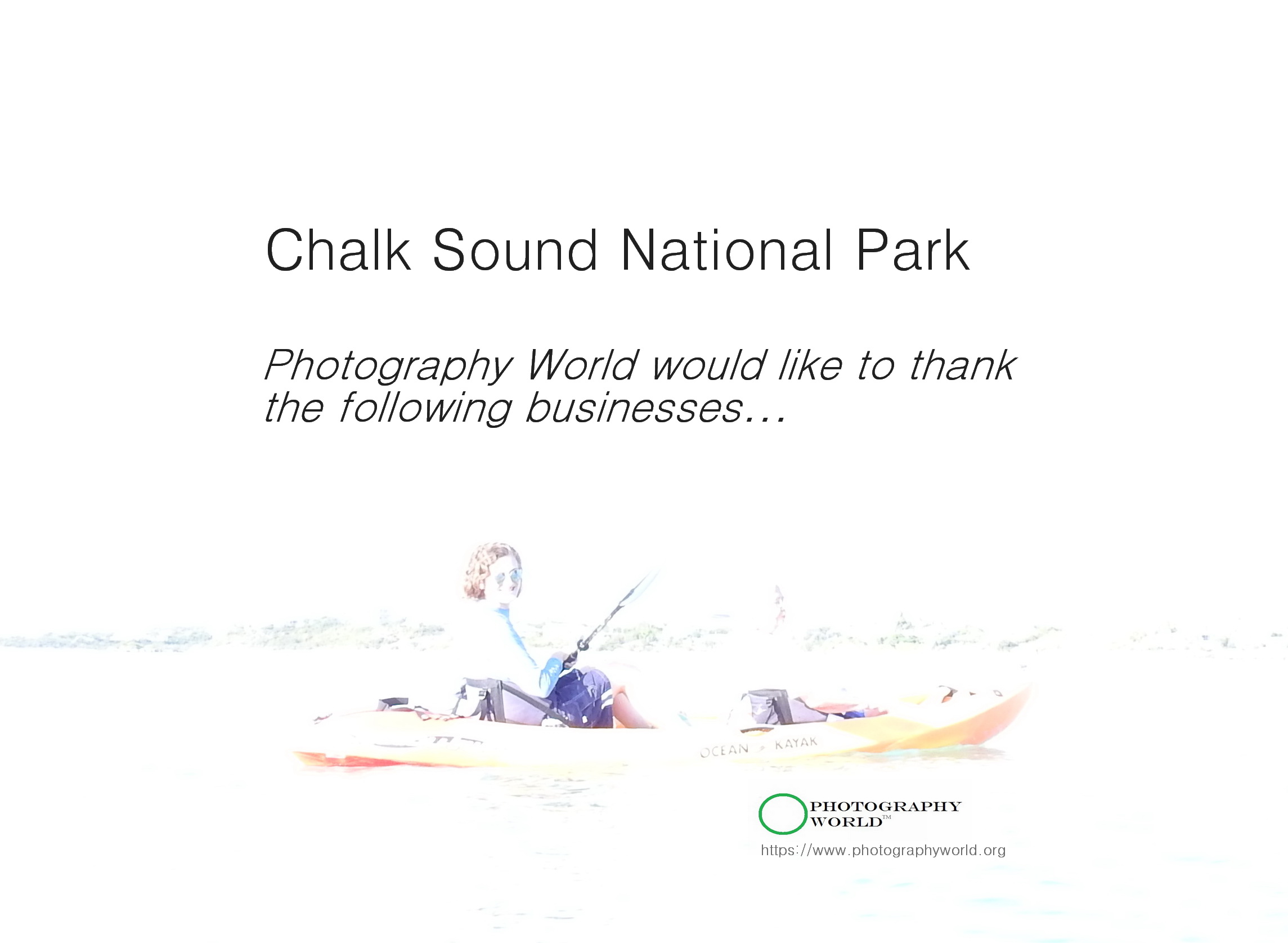

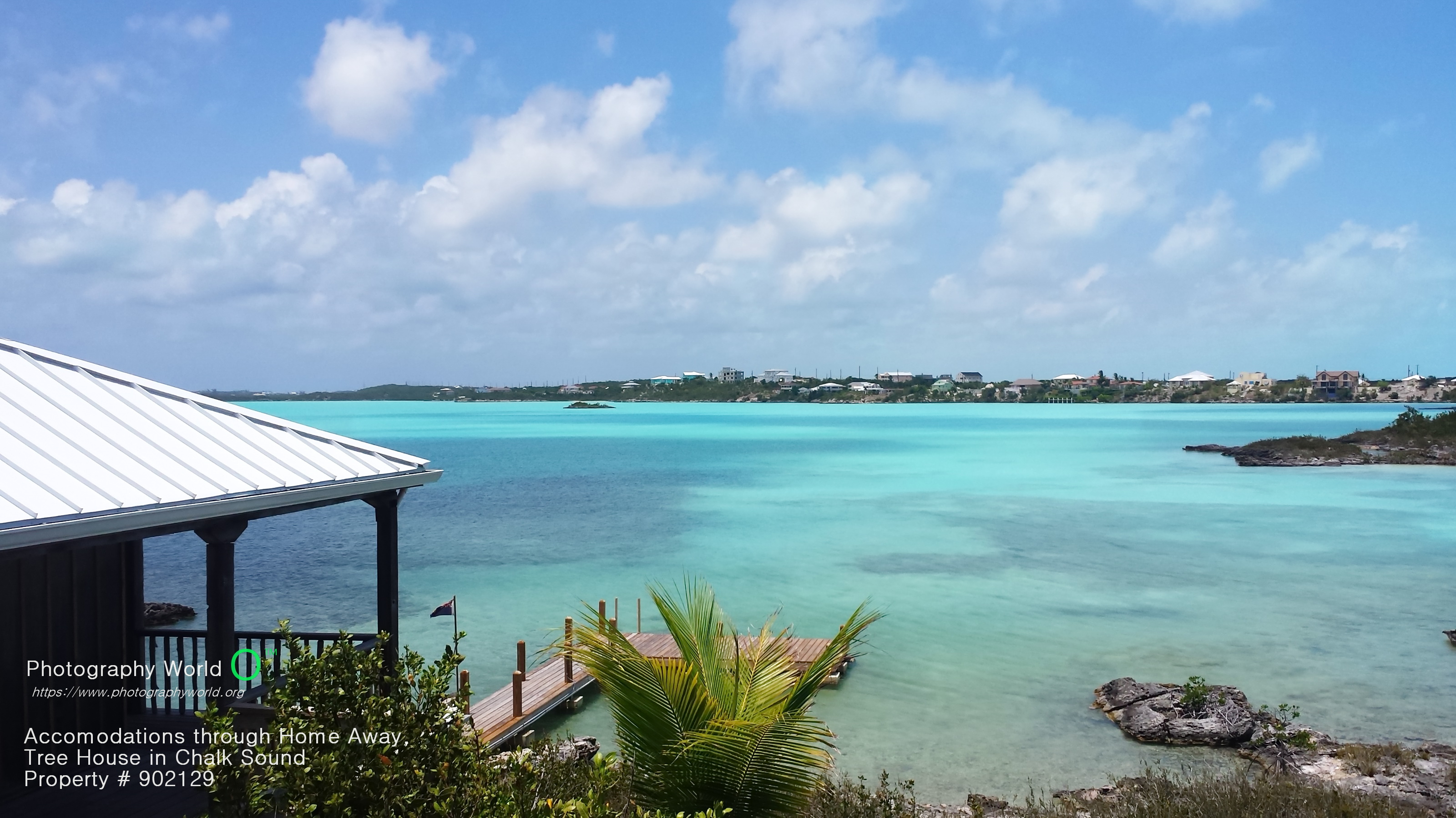
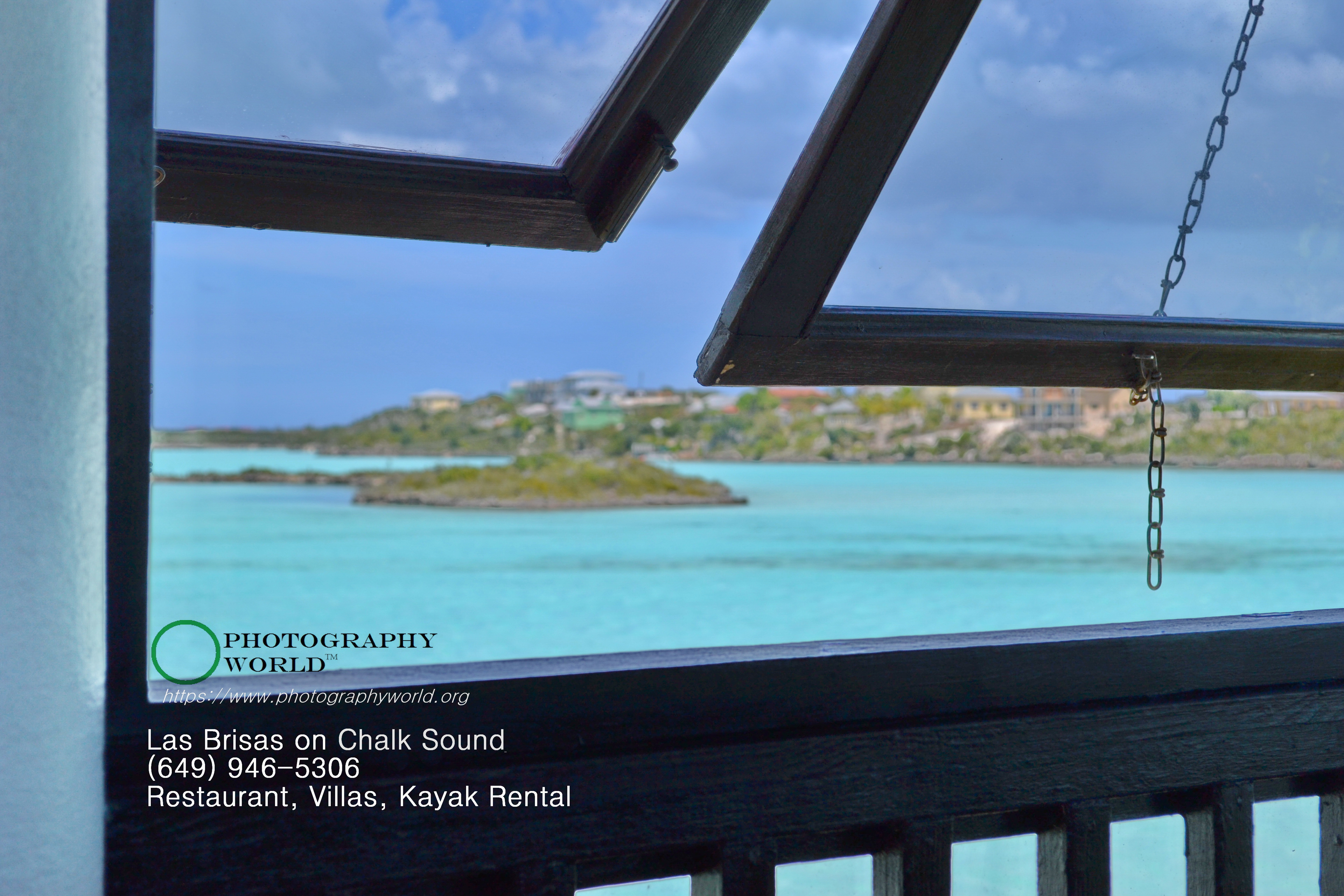
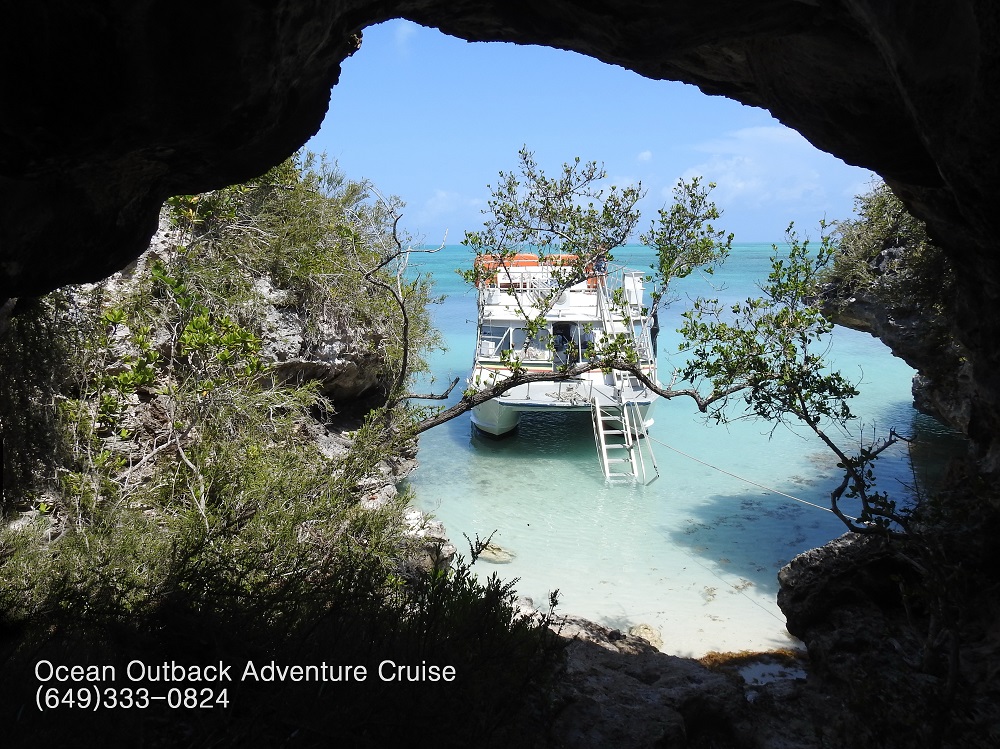
- Britannica, The Editors of Encyclopaedia. “Arawak People.” Encyclopædia Britannica, Encyclopædia Britannica, Inc., 20 July 1998, www.britannica.com/topic//Arawak.
- Britannica, The Editors of Encyclopaedia. “Arawak People.” Encyclopædia Britannica, Encyclopædia Britannica, Inc., 20 July 1998, www.britannica.com/topic//Arawak.
- “What’s a Mangrove? And How Does It Work?” AMNH, Retrieved from https://www.amnh.org/explore/science-bulletins/bio/documentaries/mangroves-the-roots-of-the-sea/what-s-a-mangrove-and-how-does-it-work.
- Mortimer, Kim. “Our Feathered Friends: Gray Kingbird.” “Where When How – Turks & Caicos Islands”, 2018, pp. 168–168., doi:10.18356/8732f175-en.
- “Bahamas Rock Iguana Photos and Facts.” Arkive, www.arkive.org/bahamas-rock-iguana/cyclura-carinata/.
- Enos P (2011) Bahamas. In: Hopley D (ed) Encyclopedia of modern coral reefs, structure, form and process. Springer Science, New York, 15p
- Kennair, E.H., and Railsback, L.B., 2004, Beach and Shoreline Sands From Around the World: http://www.gly.uga.edu/railsback/sands/sandstitle.html.
- Rose, Karen. Your Reef Safe Sunscreen Guide. https://www.hawaii.com/blog/reef-safe-sunscreen/
- How to Know if Your Sunscreen Is Killing Coral Reefs ? and 12 Brands to Try Instead. (2018, April 22) Retrieved from https://www.travelandleisure.com/style/beauty/reef-safe-sunscreen
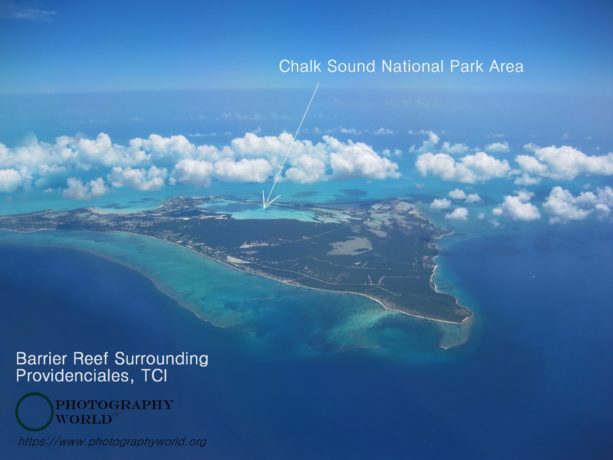
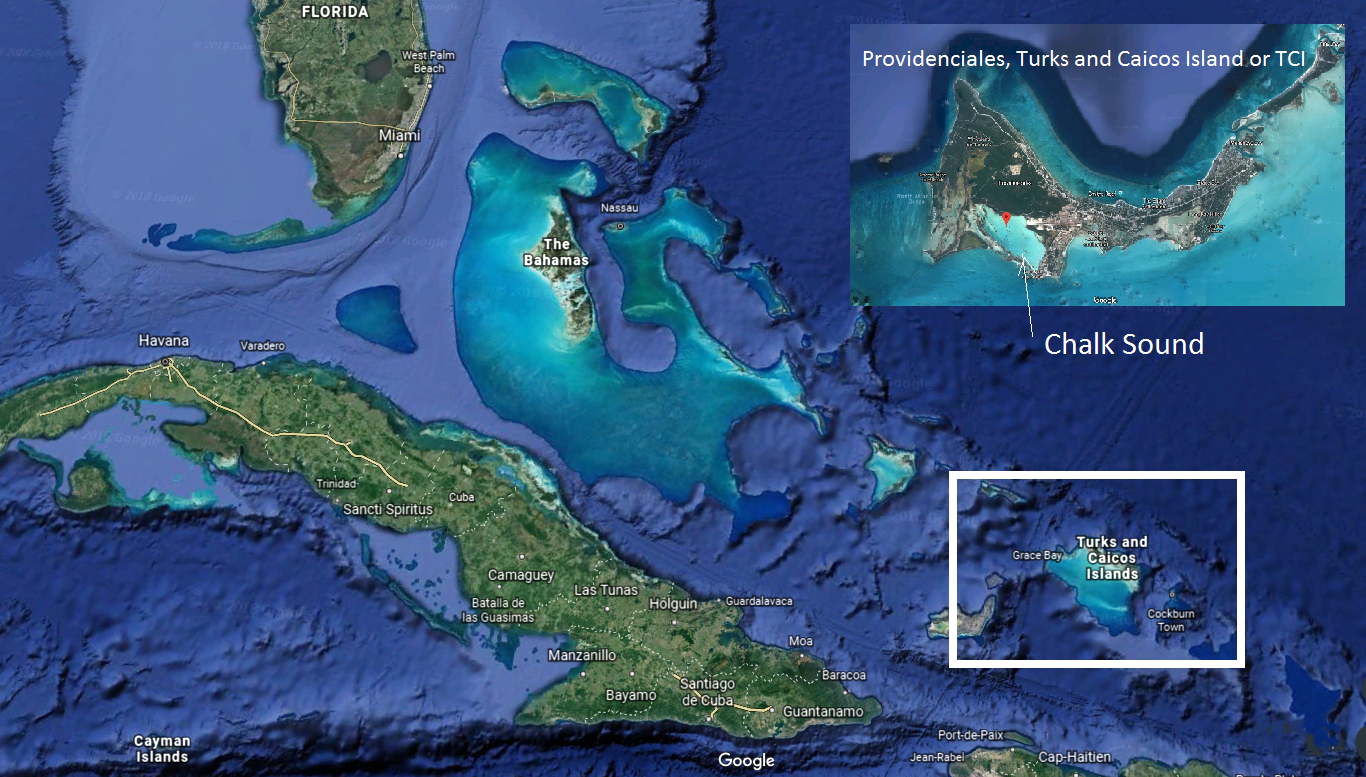
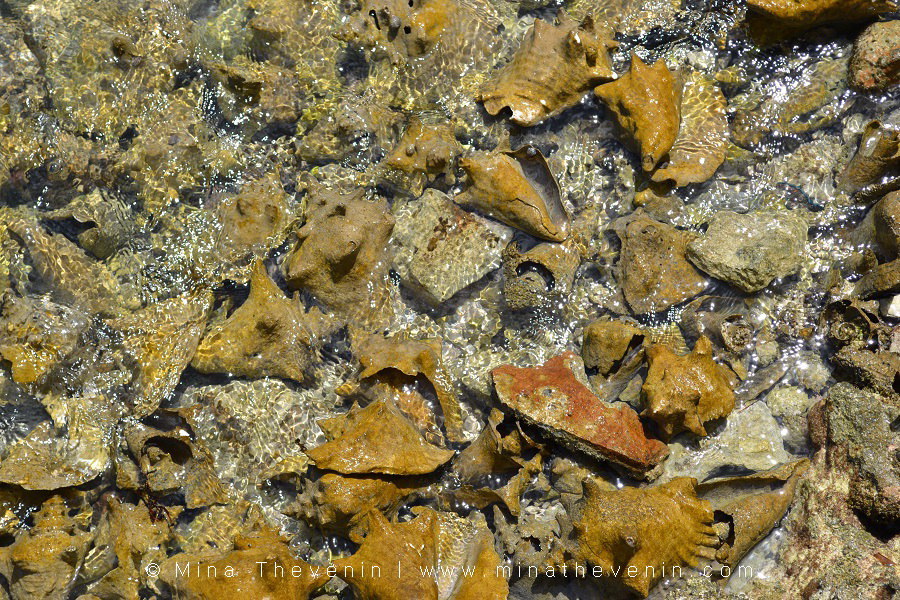
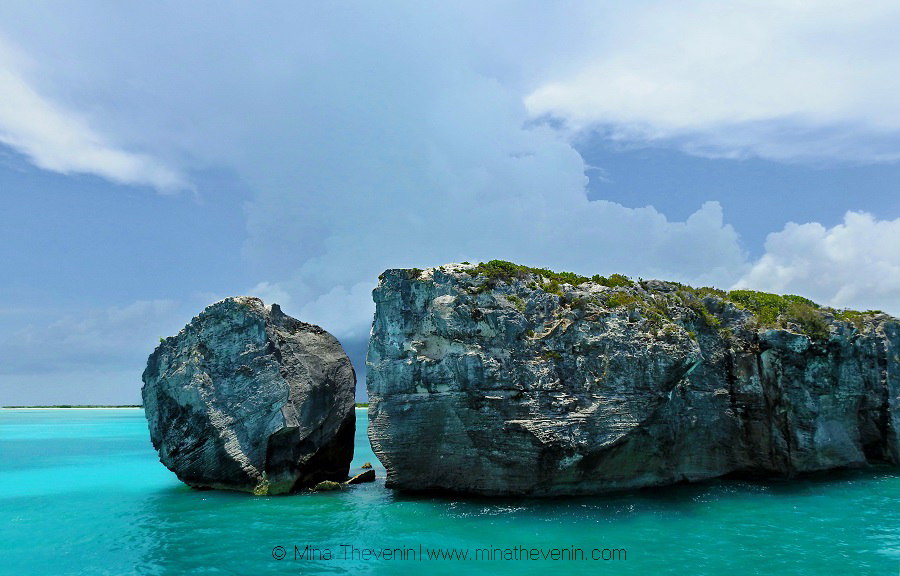

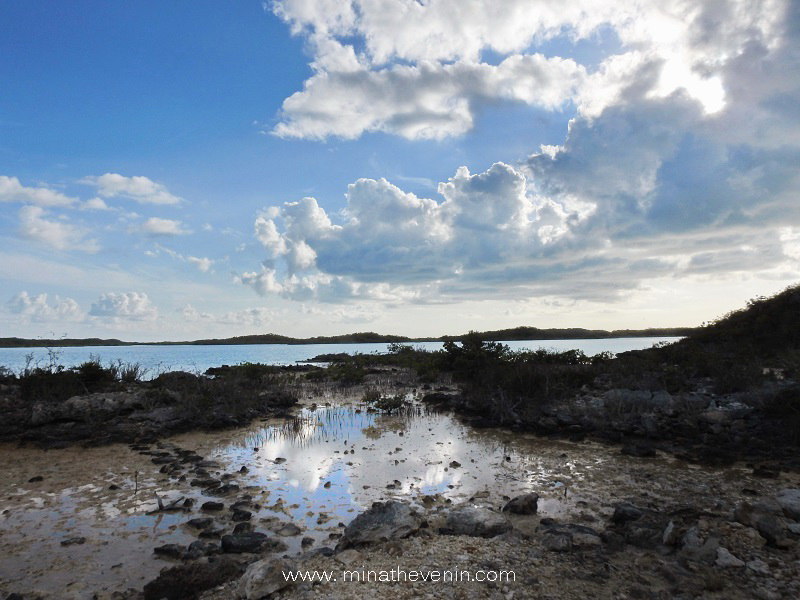
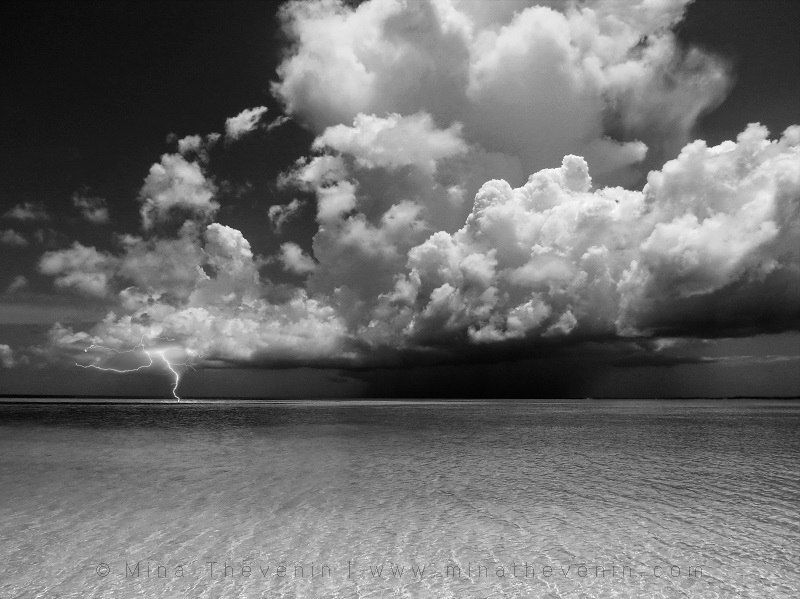
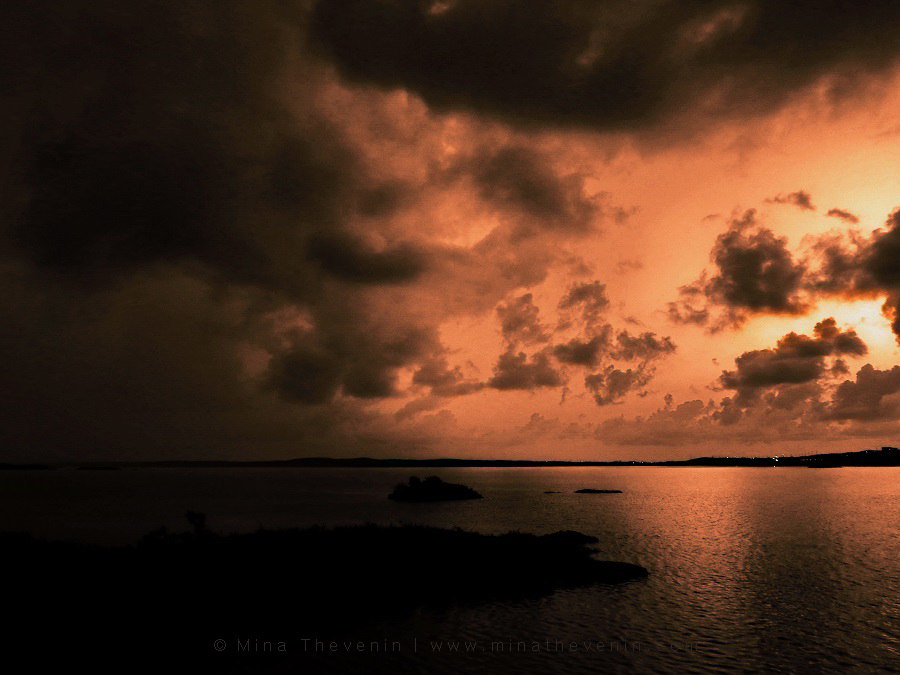
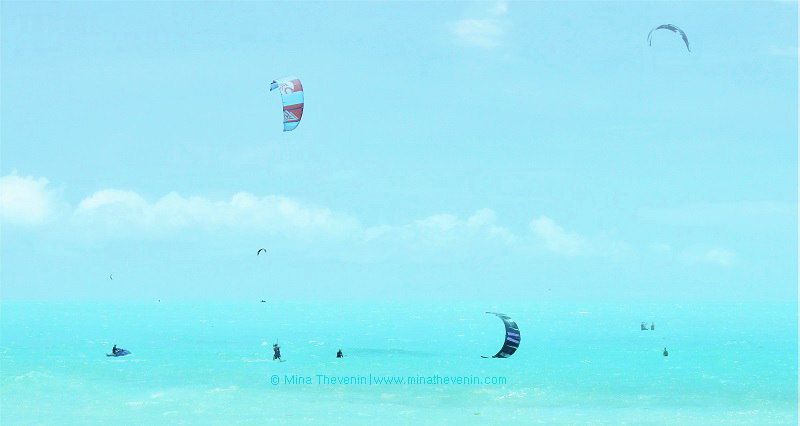
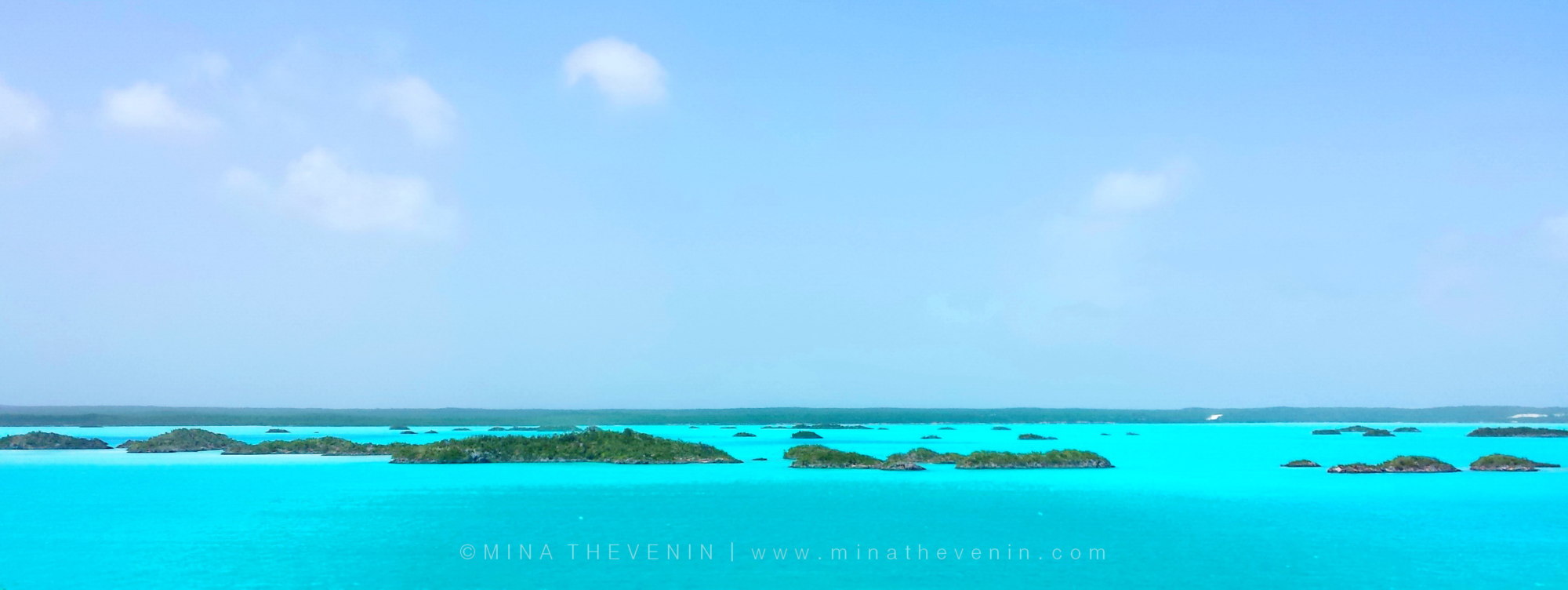
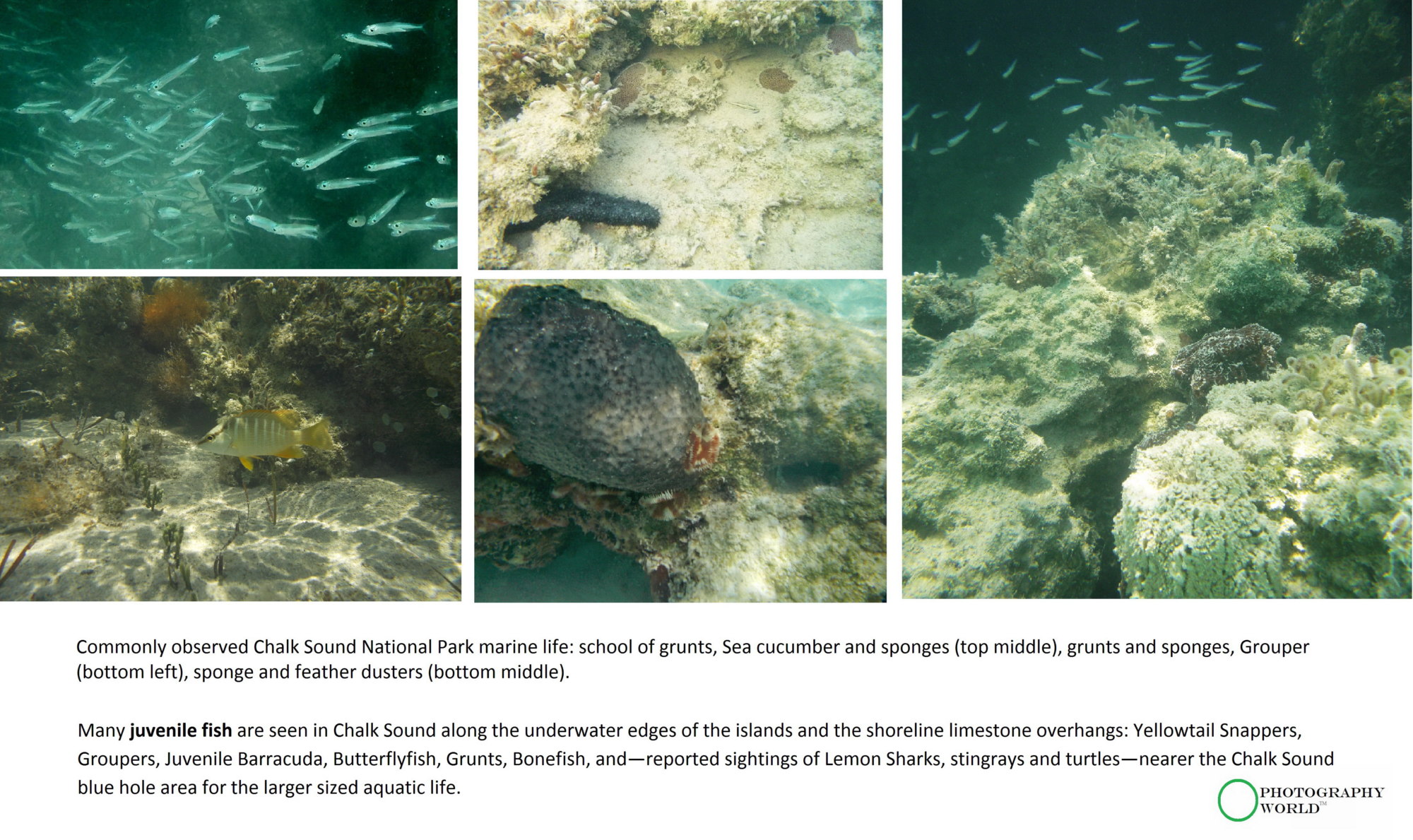
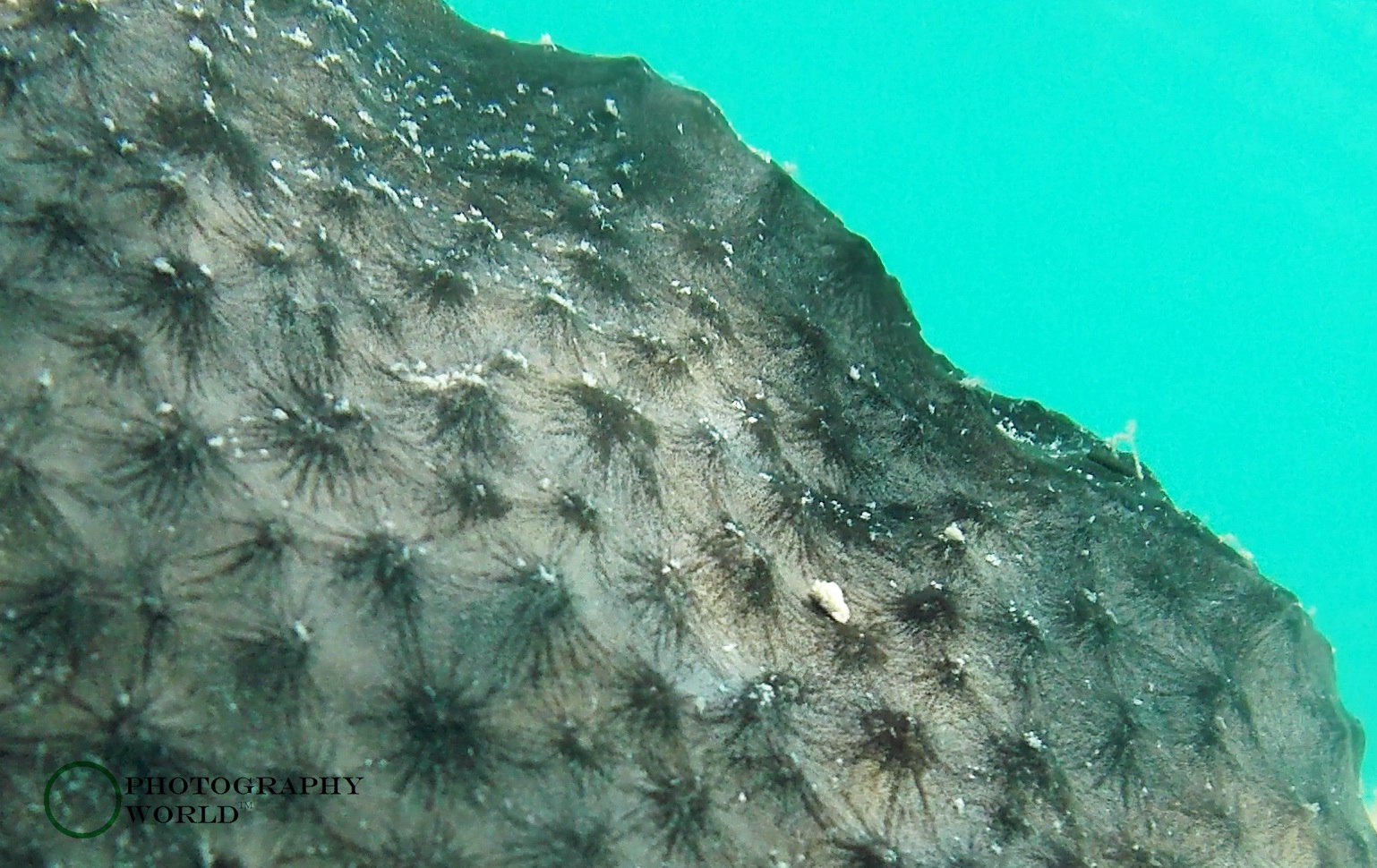
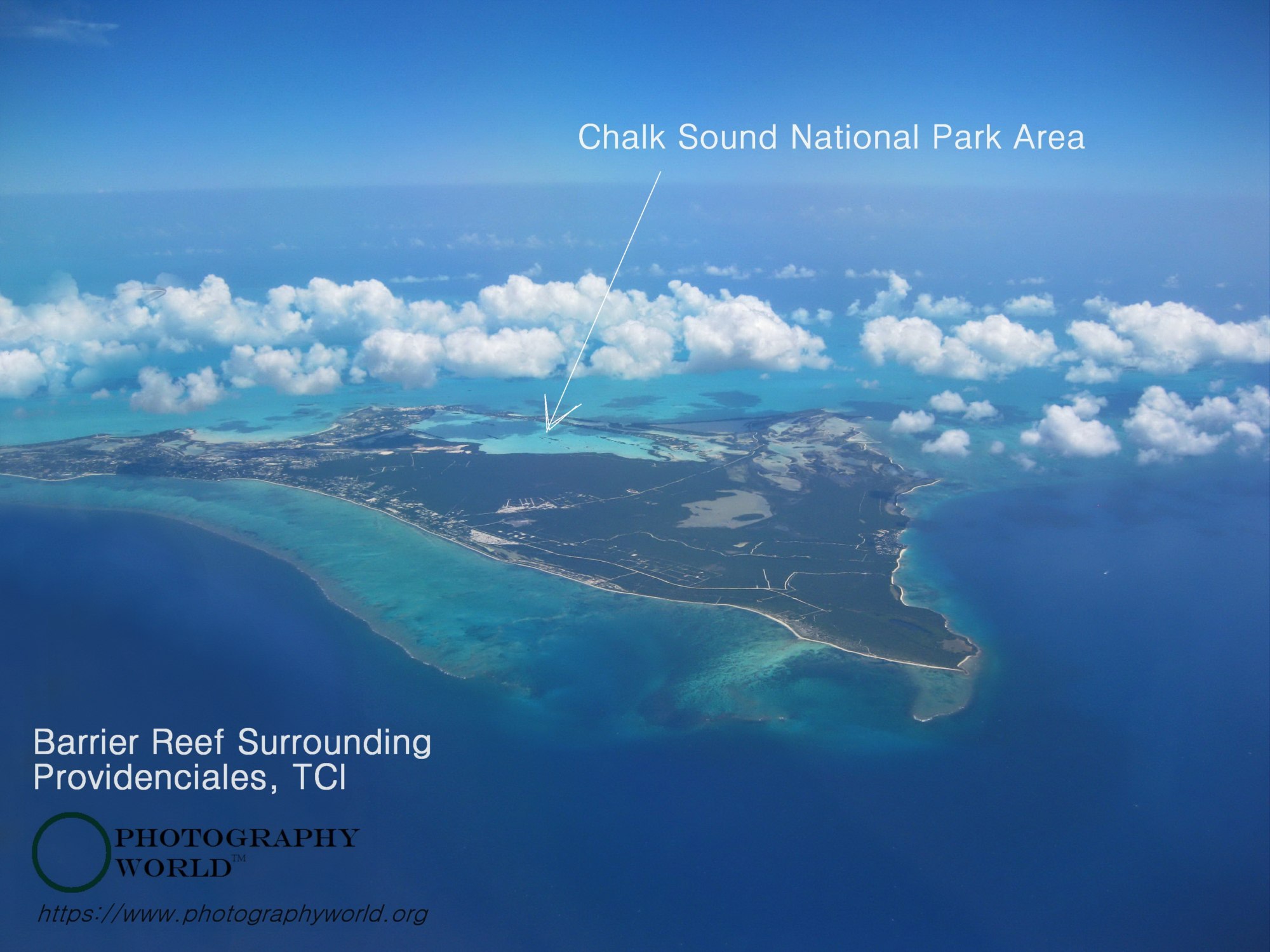
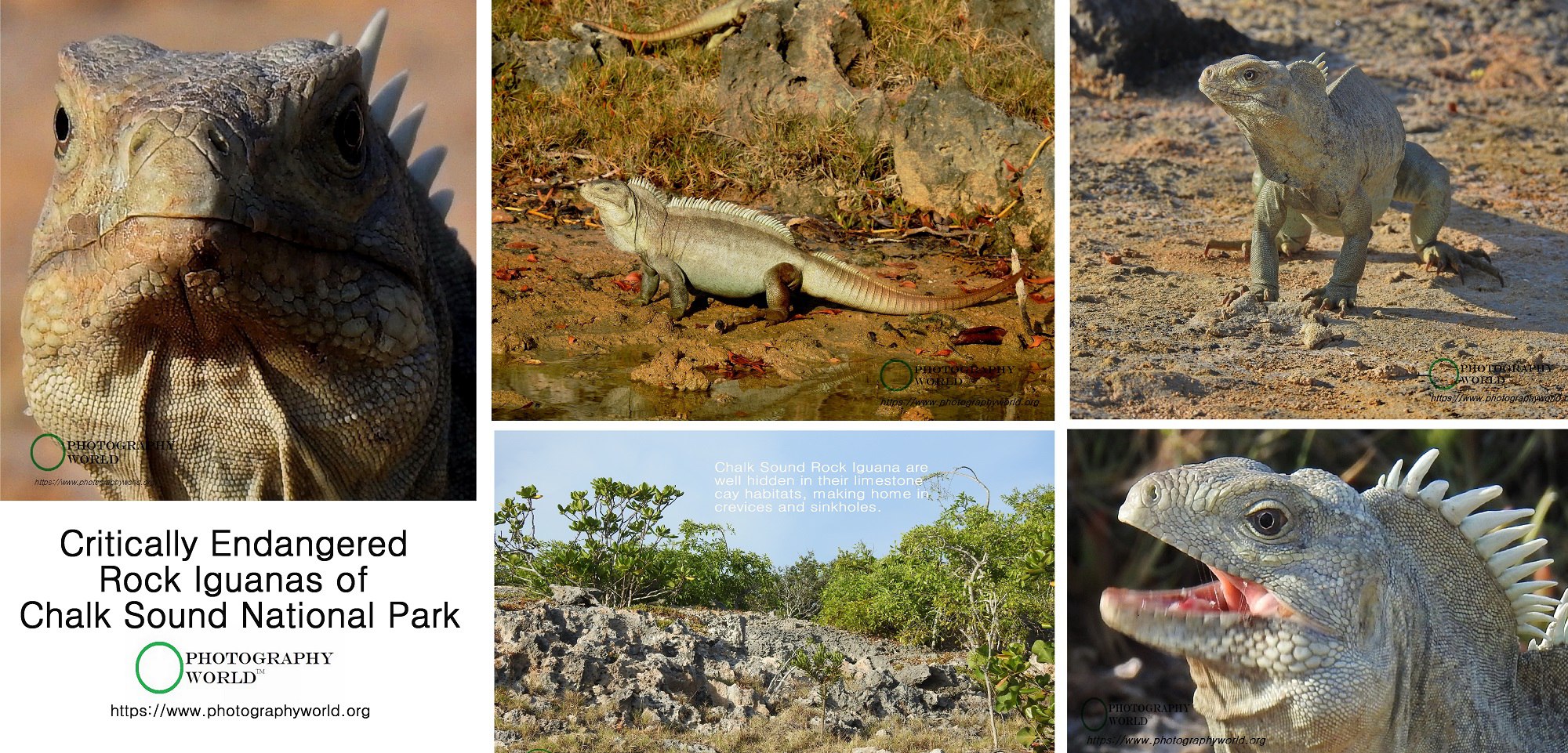
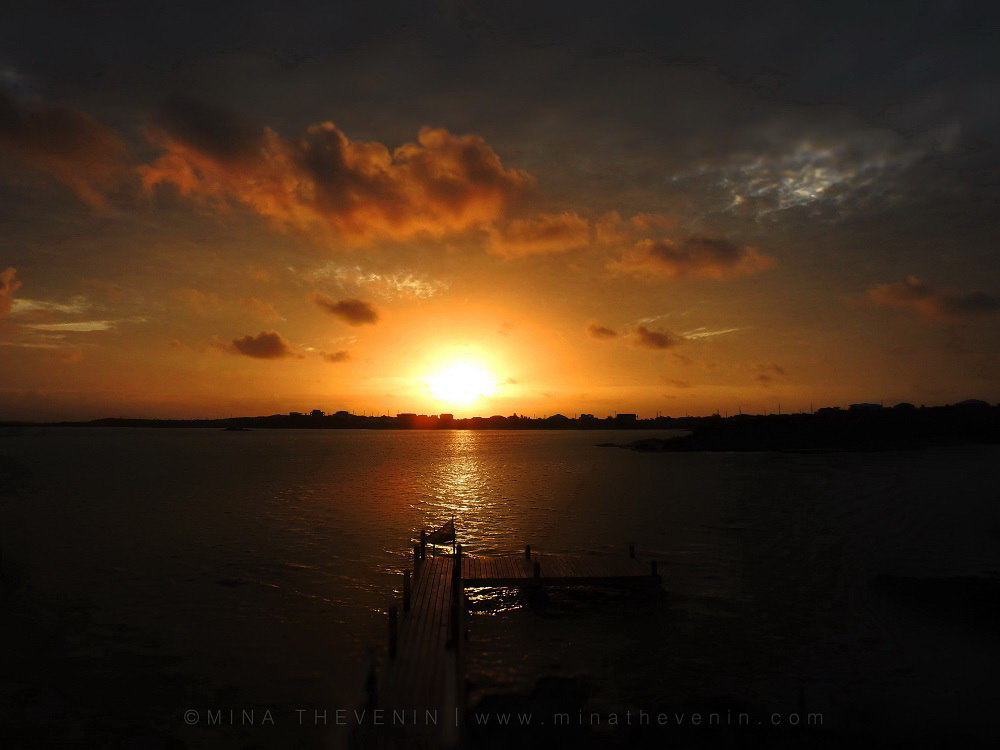
Looking for info on Chalk Sound and found this. Great pics! Will be kayaking. Thanks